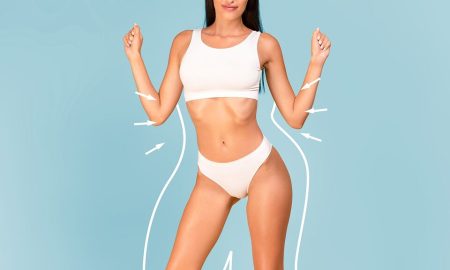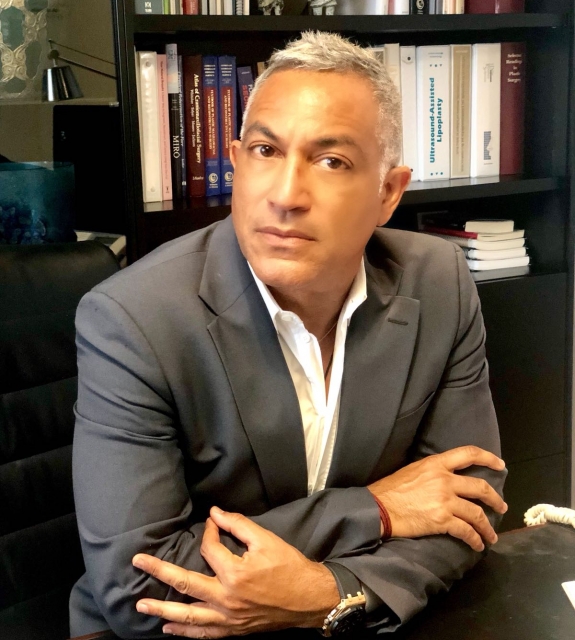
Step into the world of modern medicine as we journey back to the late 1990s, a turning point in the treatment of varicose veins and venous insufficiency. Driven by the pursuit of minimally invasive solutions, the medical field introduced a technique known as endothermal heat ablation. For those struggling with the discomfort and unsightly appearance of varicose veins, Haute Beauty expert, Dr. Susan B. Fox of Fox Vein & Laser Experts reveals the extraordinary potential of this innovative treatment for superficial veins.
What is endothermal laser ablation?
Both EVLA and RFA radiofrequency ablation of veins involves placing a catheter into the vein under ultrasound guidance, then either a radiofrequency device or laser is placed inside the veins. Numbing medication is placed around the vein and the vein is heated and closed shut. The veins that are closed are superficial veins and the blood moves to better veins that are working correctly. When the veins are not working correctly, they overload the system and cause the legs to swell and feel heavy, achy, and tired. The veins that are closed are superficial veins. Most of the blood returning to the heart is in the deep system so closing these veins does not harm the return of blood to the heart but instead improves the circulation and helps the way the legs feel.
What conditions or symptoms is endothermal heat ablation used to treat?
These minimally invasive treatments are used to close superficial veins that cause leg pain and swelling. They treat straight veins where the valves in the veins are not working correctly (venous insufficiency or reflux).
Are there any alternative treatments to endothermal heat ablation for vein-related conditions?
The endothermal heat ablation procedures have replaced vein stripping as the preferred treatment option for veins. These procedures have consistently demonstrated their effectiveness as the best first-line treatment, with a success rate of 95% or higher. Patients can enjoy long-lasting results that can endure for several years.
In addition to these established methods, there have been advancements in treatment options. Mechanochemical ablation involves using a specialized device to irritate the vein lining before injecting a solution that effectively closes the vein. Another alternative is the utilization of cyanoacrylate glue, which is applied directly into the vein to seal it shut. It is important to note that some individuals may experience reactions to the glue.
Another option gaining prominence is Varithena, an FDA-approved foamed sclerosant. This solution can be injected into the vein using a needle or catheter, causing irritation to the vein lining and subsequent closure. Varithena is often used in conjunction with endothermal ablation as a complementary treatment approach.

What are the benefits of endothermal heat ablation compared to other treatment options?
Compared to traditional high ligation and vein stripping endothermal heat ablation procedures have little to no downtime, no need for general anesthesia, and decreased risk of nerve injuries and side effects. The endothermal heat ablation procedures close the vein with venous insufficiency or varicose veins so that the legs feel better.
Can endothermal heat ablation be performed on all types of veins?
The perfect vein to treat with endothermal heat ablation is straight, not immediately under the skin, and with valves that are not working correctly.
What are the success rates and long-term outcomes of endothermal heat ablation?
The procedures are around 95-98% successful. These same veins do not usually reopen. However, once someone is prone to veins they may develop other veins and vein problems over time. Veins are a chronic problem and tend to recur. The same veins do not reopen but others can connect back or have issues in the future. Veins may need touch-ups every few years. I usually explain to patients that they go to an eye doctor or dentist regularly. Patients with veins may need their veins treated or touched up every so many year as well.
For more information, visit Dr. Susan B. Fox's social media:






















